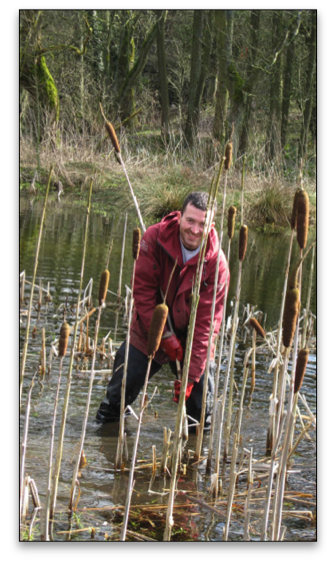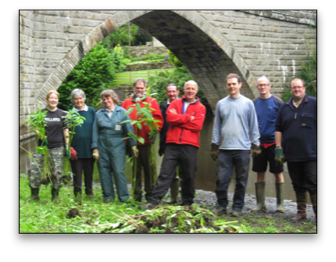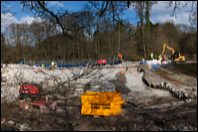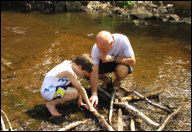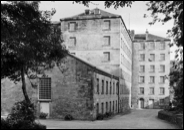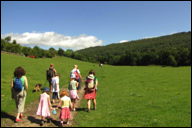Conservation
Calver Weir holds back water to a height of 3.5 metres, and these high water levels help to sustain wetland habitats collectively known as Calver Marshes, which are enjoyed by local people and visitors alike.
The wet woodlands and fens are priority national and local Biodiversity Action Plan (BAP) habitats. The wet woodland has species such as alder and willow with a ground flora including yellow loosestrife and wood club rush, which are Derbyshire rarities.
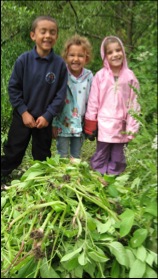
The fens either side of Stoke Brook are dominated by meadowsweet with a number of sedges and orchids. They are also breeding sites for harvest mice, one of only two locations in the Peak District National Park. Water voles, a protected species, have a healthy population around Froggatt riverbanks, where they inhabit water burrows.
On the River Derwent, mallards, moorhens and coots are common, whilst goosander and goldeneye are less frequent visitors. Under the surface there are brown trout, bullhead and grayling. Brook lamprey can be seen around the mouth of Stoke Brook. Dipper and grey wagtail breed in most years.
